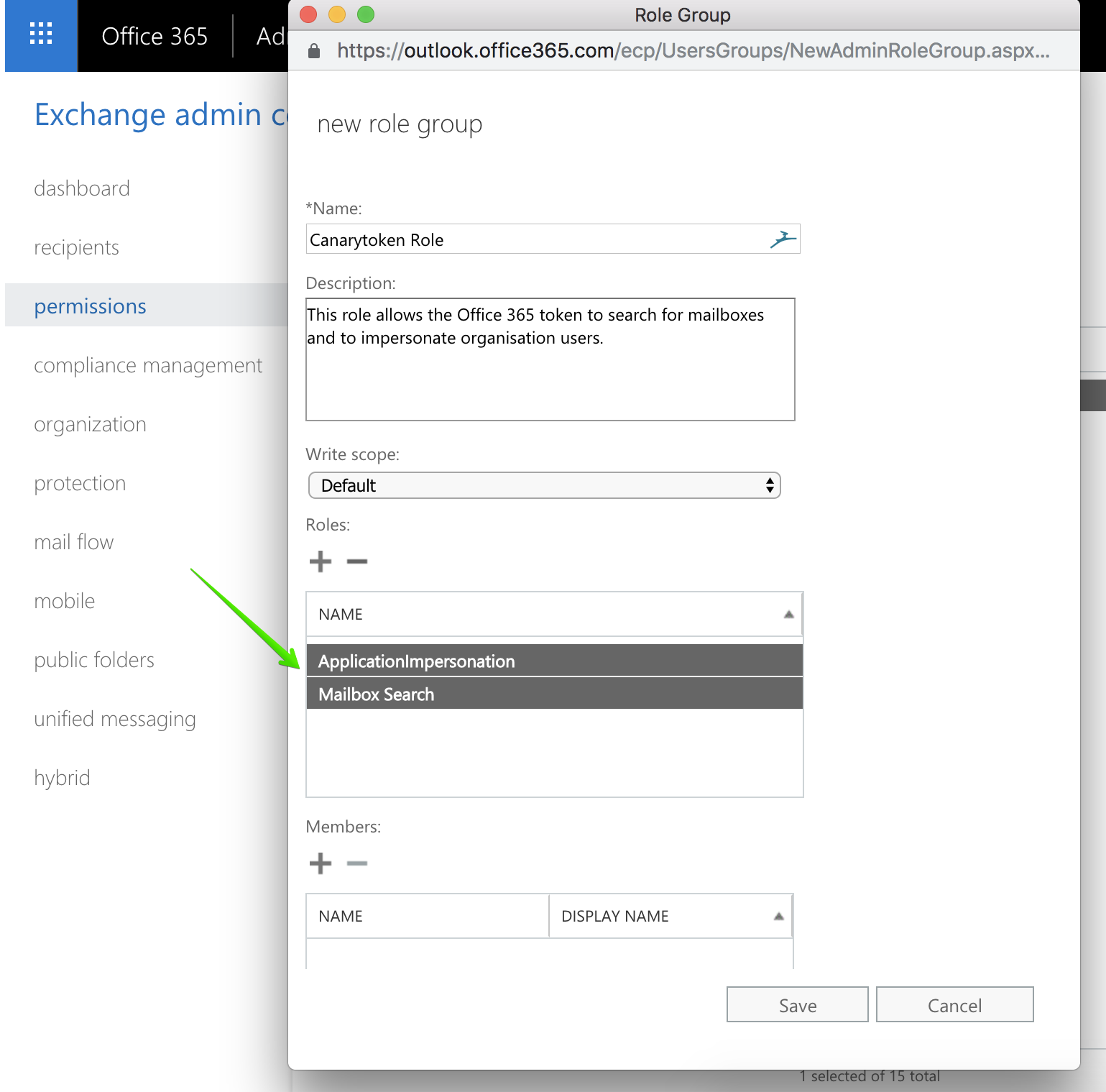

The exchange endpoint for EWS is of the form:.
#CANARY MAIL ENDPOINT PASSWORD#
If you have a custom Exchange provider, please generate an app-specific password to connect an account with two-step enabled and use that password to log into Canary.Ĥ) In case Autodiscover is not working for your account, please specify the correct endpoint:
#CANARY MAIL ENDPOINT VERIFICATION#
If you're using Office365, please use the Office365 option in the Add Account screen since Canary supports two-step verification & MFA for Office365 accounts via OAuth2.

You can contact the IT administrator at your organization to ask what protocol is used for your Exchange account. Canary doesn’t support Exchange ActiveSync and POP3 protocols.If none of the above works, then add it using IMAP option under 'Other'Ģ) Make sure your account supports IMAP/SMTP or EWS protocol If it doesn't work, then add it using Exchange account. If you want to add an Office365 account, then add it using Office365 under the 'Add Account' option.Anyone can think up some malicious attacks using it, if the initial access is already gained,” Roger Grimes, data driven defense evangelist at KnowBe4, said in an emailed comment. It can be used as part of a chained exploit where the attacker has already gained access, and it can be used for spear phishing, eavesdropping and even escalation of privilege attacks.so it is not nothing. “This is an interesting security vulnerability, but because this requires an existing active account on Microsoft Exchange to begin with.this is not a huge external threat. Microsoft informed users about the availability of patches for Exchange Server 2013, 20 with an advisory issued in July, but the actual fixes were released in April. “Furthermore, since the entire /ecp site is potentially affected, various other means of exploitation may be available as well,” Zuckerbraun says.

Provided that the Exchange administrator has set a global configuration value to allow the use of forwarding rules to arbitrary Internet destinations, no Exchange credentials are needed for the exploit. He also explains that unauthenticated requests may be issued as well, because if requests to a /ecp page don’t include an “ECP canary” ticket, an HTTP 500 response is returned, and a valid canary is included in the response.Īn attacker with an account on the same Exchange server as the victim may exploit the vulnerability to set a forwarding rule that would allow them to read all the victim’s incoming mail. Meanwhile, the back end is completely unaware that it needs to authenticate some incoming requests based upon the SecurityToken cookie, since the DelegatedAuthModule is not loaded in installations that have not been configured to use the special delegated authentication feature,” Zuckerbraun notes. “In summary, when the front end sees the SecurityToken cookie, it knows that the back end alone is responsible for authenticating this request. The issue exists because none of the sites that Exchange creates in IIS (one functioning as a front-end and the other as a back-end) authenticates specific requests when the Delegated Authentication feature is not enabled and a non-empty cookie named SecurityToken is employed. As an illustration of the impact, this can be used to copy all emails addressed to a target and account and forward them to an account controlled by the attacker,” ZDI’s Simon Zuckerbraun explains. “With this vulnerability, an unauthenticated attacker can perform configuration actions on mailboxes belonging to arbitrary users. Leave the Email Attribute Name eld as the value mail.

The security bug is related to the authentication of requests to services within the ecp web application and can be exploited using crafted requests to bypass authentication. The Carbon Black Cloud analyzes un ltered data on all endpoints to. The security hole was identified by Le Xuan Tuyen of VNPT ISC, working with Trend Micro’s Zero Day Initiative (ZDI). Tracked as CVE-2021-33766 and referred to as ProxyToken, the vulnerability has a severity rating of medium (CVSS score of 6.5). A vulnerability that Microsoft patched in Exchange Server earlier this year can allow attackers to set forwarding rules on target accounts and gain access to incoming emails.


 0 kommentar(er)
0 kommentar(er)
